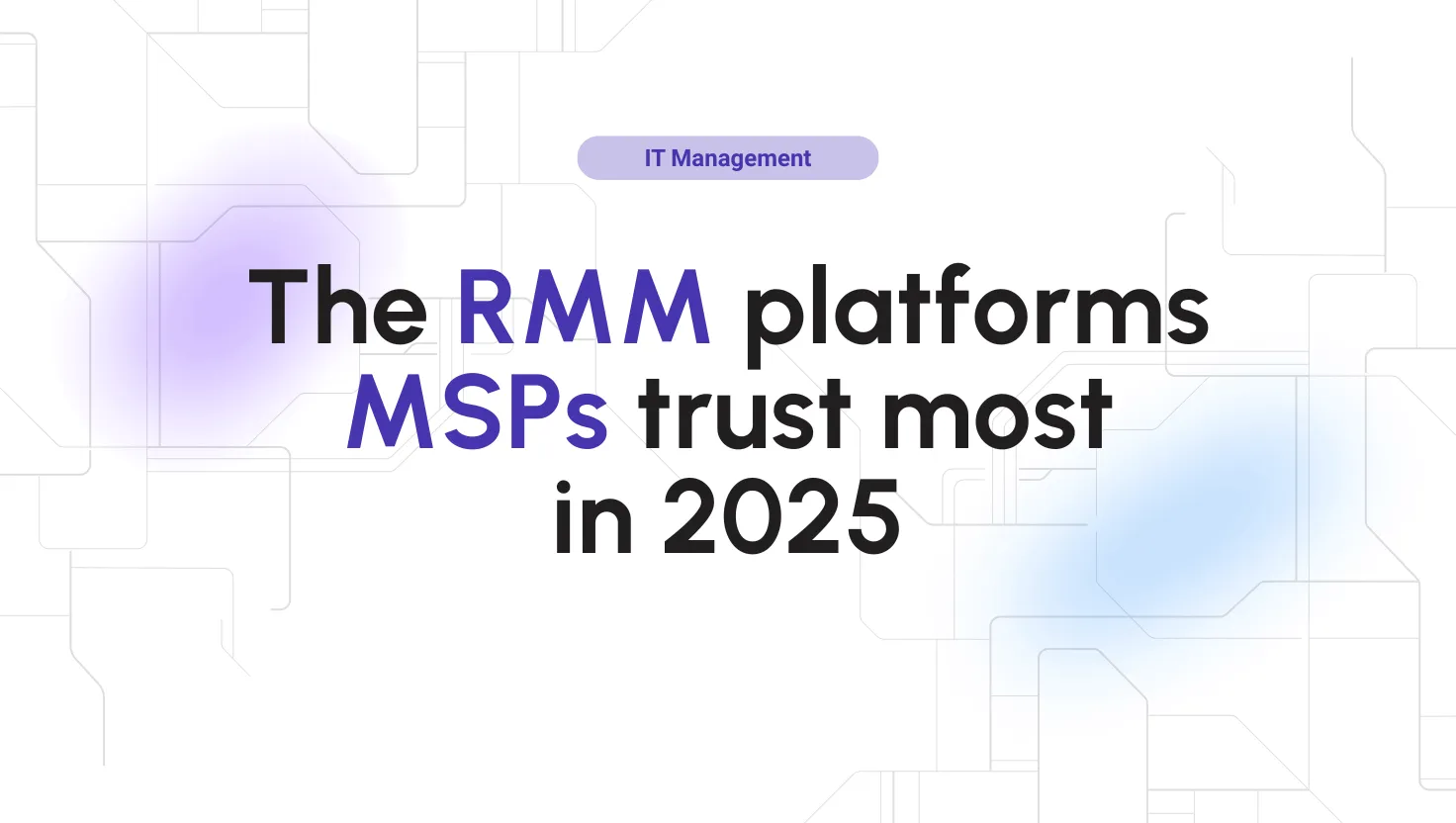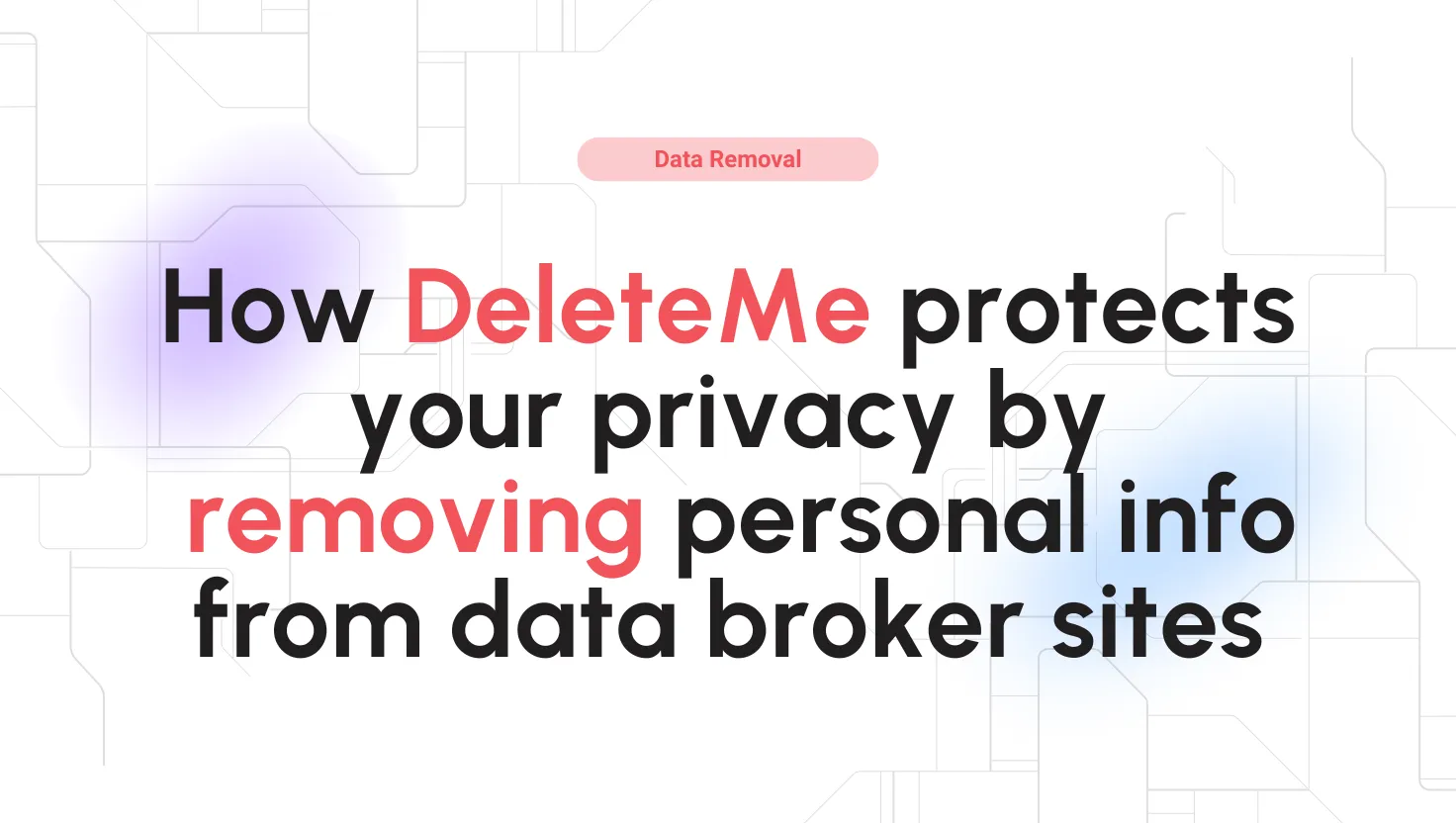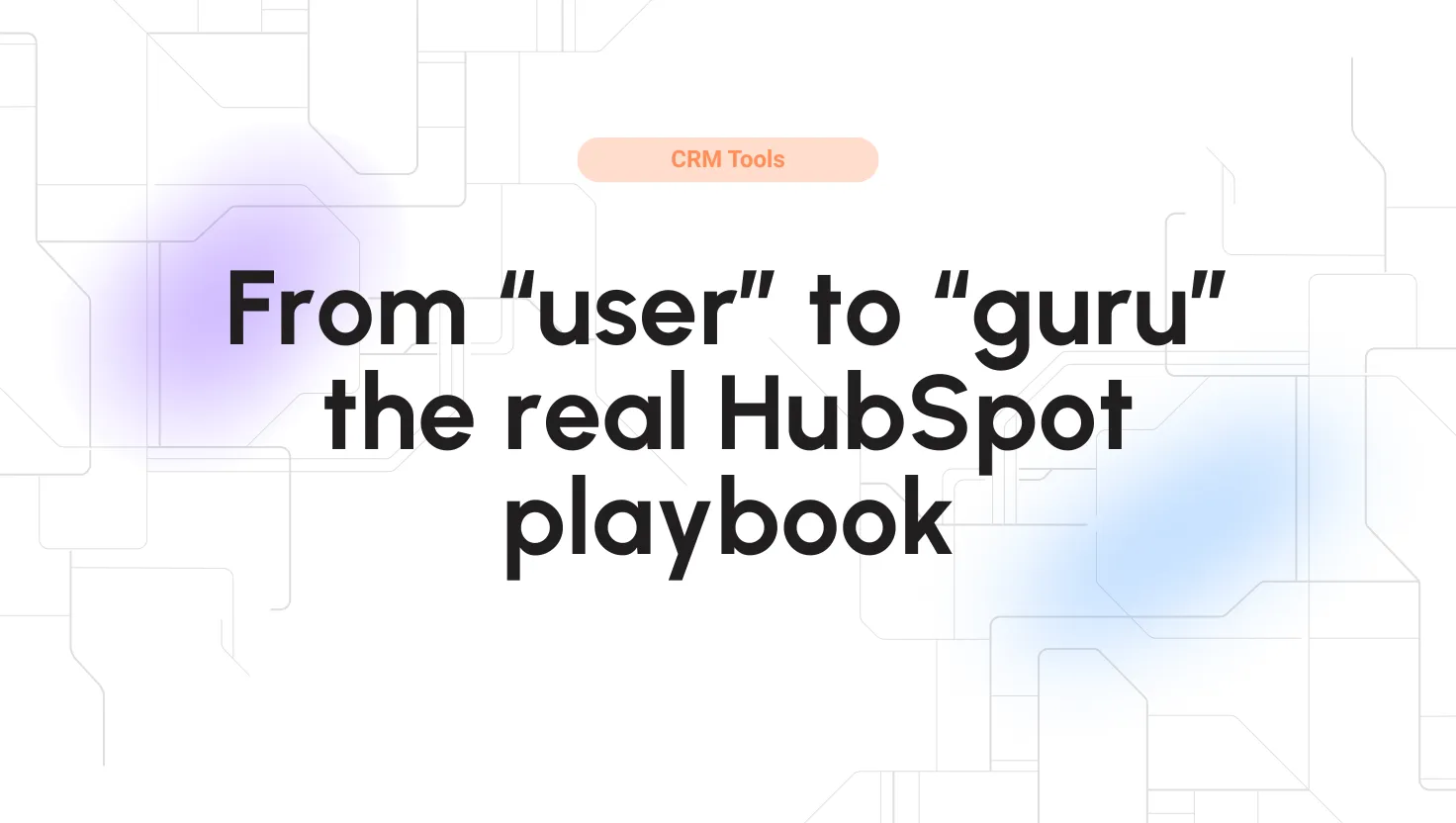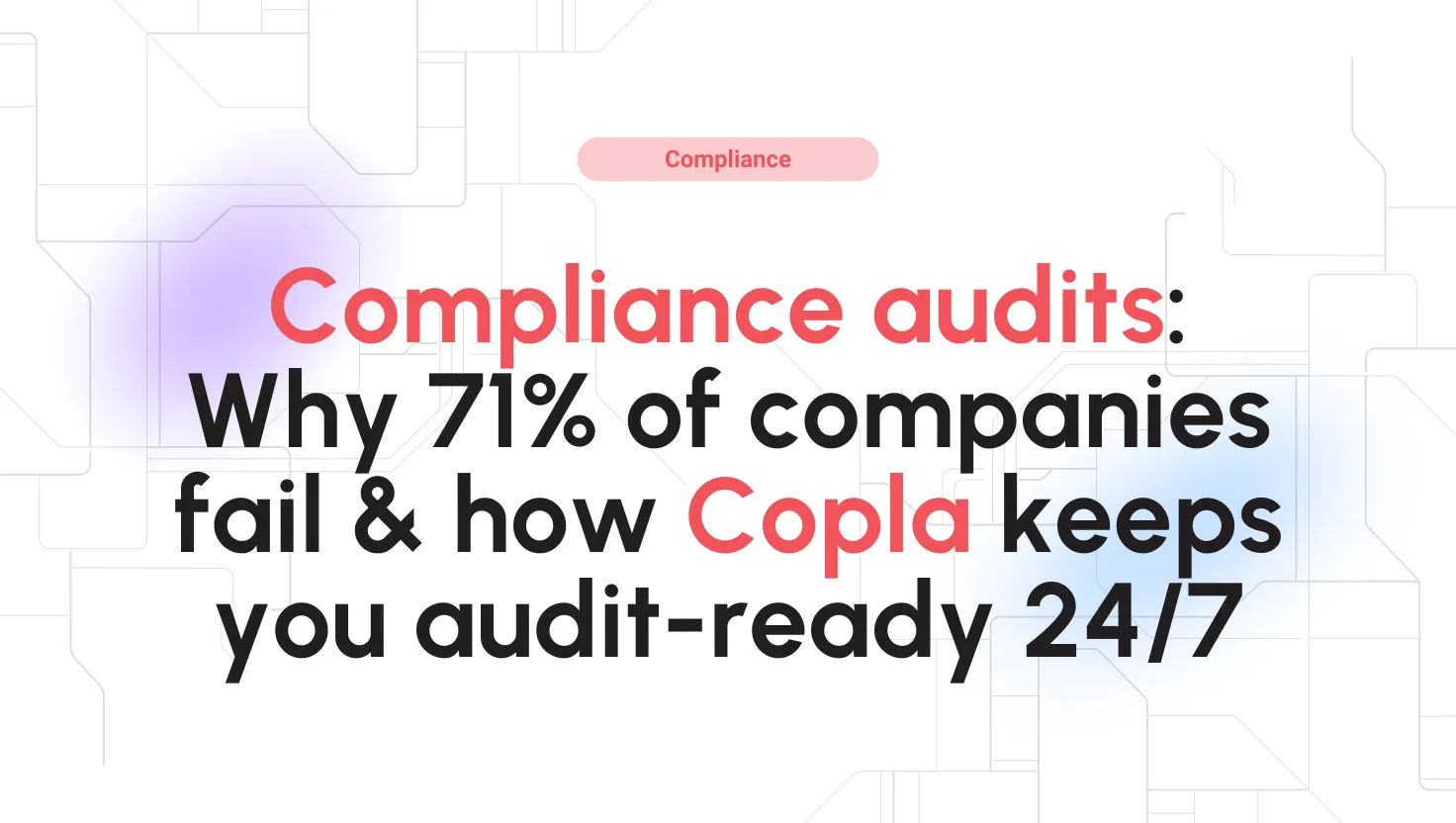
Google Cloud Vertex AI Reviews for 2026
Save 40% on your SaaS stack with expert guidance
Free Consultation
What is Google Cloud Vertex AI?
Google Cloud Vertex AI is an integrated machine learning platform that simplifies the process of building, deploying, and scaling AI models. It offers a unified environment that brings Google Cloud’s AI offerings into a cohesive workflow, enabling efficient development across all stages of the machine learning lifecycle.
The platform features a wide range of tools to support data engineering, data science, and ML engineering, enhancing collaboration among teams. With Vertex AI, users can train ML models using AutoML or custom training options, deploy them seamlessly, and manage them effectively throughout their operational lifecycle. It also includes support for both batch and online predictions, providing flexibility depending on the application needs.
Additionally, Vertex AI integrates advanced AI capabilities, such as Vertex AI Vision for computer vision tasks and Vertex AI-Language for natural language processing. These features help businesses leverage AI to extract more value from their data, whether they’re analyzing images or interpreting complex texts.
Use cases span various industries, including healthcare for patient data analysis, retail for customer behavior prediction, and finance for fraud detection. This versatility makes it a powerful tool for any organization looking to implement AI solutions to drive innovation and improve operational efficiencies.
Found in these Categories
Best For
- StartUps
- Freelancers
- Small Business
- Medium Business
- Large Enterprise
Google Cloud Vertex AI Pricing
AutoML models
Vertex AI Forecast
Custom-trained models
Looking to Save Time & Money
Audit, consolidate, and save—powered by our internal buying team. Let our experts analyze your current software stack and identify opportunities for cost savings and efficiency improvements.
- Stack Audit
- Cost Reduction
- Expert Team
Google Cloud Vertex AI Features
- AI/Machine Learning
- Model Training
- Predictive Modeling
- Data Mapping
- Multiple Data Sources
- Pre-Configured Bot
- Predictive Analytics
- AutoML Training
- Custom Model Training
- Batch Prediction
- Online Prediction
- Model Monitoring
- Explainable AI
- Private Endpoints
- Feature Store
- Data Labeling Service
- Pipelines for Automation
- VPC Service Controls
- Continuous Evaluation
- Pre-built Algorithms
- Integration with BigQuery
- Support for TensorFlow, PyTorch
Leave a Review
Google Cloud Vertex AI Company Details
Own this Software?
Google Cloud Vertex AI vs. Similar Products
Select up to 3 Software, to enable Comparison
Compare Selected SoftwareEditorial Review: Google Cloud Vertex AI Deep Dive
Table of Contents
With AI/ML taking over the world, it is time for businesses to start adopting AI/ML capabilities. AI/ML helps you crunch data more confidently and use it to make your solutions better. For managers, it can open a path to insightful predictions backed by data. Meet Google Vertex AI, a machine learning(ML) platform. It is a powerful ML platform that lets businesses train and deploy LLMs for their AI-powered applications and provides a centralized platform for training and deploying ML models.
Lastly, the AI market is growing rapidly, with over 20% growth year over year. This gives your business the right time to invest in developing AI. If done right, it can help you reap benefits for years to come. In our Vertex AI review, we’ll thoroughly discuss Vertex AI, how it works, use cases, key features, pricing, and Pros and cons. By the end of the review, you’ll know if Vertex AI is the right ML platform for your business. Let’s get started.
Overview of what is Google Vertex AI
Google Vertex AI is an ML platform that provides the tools and libraries to train, maintain, and deploy AI models. It is a managed platform, which means that Google manages and maintains the infrastructure that powers the ML tools. So, as an owner, all you need to do is focus on your business, and Google will take care of everything else. It also makes Vertex AI beginner-friendly. On top of that, Vertex AI has rich documentation, offering access to videos, written tutorials, and in-depth guides on how to train ML models and manage workflows.
Teams can fully take advantage of Google’s deep integration of Vertex AI with other tools, including Spark, Dataproc, BigQuery, etc. You can use the data stored across your business to create and execute ML models. In fact, it allows you to use standard SQL queries in BigQuery to manage and build ML models.
Vertex AI offers a plethora of options to train and deploy your AI/ML models. These include:
- AutoML: A no-code tool that lets you train different types of data, such as text, video, or tabular, without writing any code. It enables beginners to get started with Vertex and also brings non-tech people, such as managers, to use data to make data-driven decisions.
- Model Garden is a tool for customizing, deploying, and testing Vertex AI. It also lets you select open-source (OSS) assets and models.
- Custom training: Vertex AI is a comprehensive tool that lets teams do custom training. You’re free to choose to train the model yourself by writing your code, choosing an ML framework, and customizing other options.
- Generative AI: It is an enterprise-ready tool that lets you build Gen AI on the Vertex AI platform. The Gen AI model is completely customizable.
Benefits of Vertex AI
The key benefits of using Vertex AI include:
- Access to hundreds of AI/ML models: VertexAI is not about just one model. It is about harnessing the power of the community by providing access to both proprietary and open-source models. You can explore and deploy ML models through its Model Garden. Moreover, the models are easily accessible as they are listed by Modalities such as document, speech, video, language, multimodal, and task abilities such as detection, recognition, retrieval, generation, etc.
- MLOps ready: Vertex AI supports MLOps, which makes it easy to implement ML models through automation-based workflow. It reduces risks and saves time for teams.
- Open-source model support: VertexAI offers access not only to Google’s Gemini models but also to other open-source models. This gives the users the benefit of open-source models, improving productivity and enhancing AI applications to their best capabilities.
- Unified approach: Vertex is a complete platform that lists all the tools needed to handle ML models. It offers features such as data preparation, deployment, model training, and monitoring.
- Low cost: Using Vertex AI saves organizations time and money. They don’t have to worry about setting up the required infrastructure or spending time maintaining or upgrading it. As Vertex AI is managed, users can use their ML capabilities worry-free.
- Beginner-friendly: Vertex AI provides tools for beginners without coding knowledge. Its AutoML tool lets you train different data sets without writing any code.
- Scalable: Vertex AI’s models are scalable thanks to Google’s cloud infrastructure.
How does Vertex AI work?
Vertex AI is a flexible platform that focuses on a simplified ML workflow. Generally, any ML model training starts with ingesting, analyzing, and transforming the data. This is followed by creating and training the model. Lastly, you evaluate the model before deploying it for the users to consume. Before we go through how Vertex AI ML workflow works, let’s learn about its key components.
- Vertex AI Training: The core Vertex AI component utilizes different frameworks to power your model. You can use tools like PyTorch or TensorFlow. For those with no coding experience, AutoML is the right pick, as it can let you create ML models without the need to write any code or customize parameters.
- Vertex AI Prediction: With Prediction, engineers can test the ML model’s output. Vertex AI offers two methods: online predictions and batch predictions. Furthermore, teams can opt to test their model locally for faster testing and low cost.
- Vertex AI Pipelines: For optimized workflow, Vertex AI offers complete pipelines that can help automate, monitor, and govern ML systems. These pipelines can orchestrate ML workflows in a serverless manner.
- Vertex AI Experiments: Here, you can experiment with aspects of your ML model, including its architecture, training environment, hyperparameters, outputs, and inputs. This helps in evaluation against test datasets and learning the use cases in which the ML model performs the best.
- Vertex AI Workbench: The Workbench gives you access to the Jupyter notebook-based development environment. Thus, you can utilize it directly from Google’s ecosystem and take advantage of its cloud infrastructure.
- Vertex AI Feature Store: A cloud-native managed feature store service that streamlines ML feature management. It also improves online serving by allowing you to manage BigQuery tables or views directly. Engineers can use Feature Store to provision resources and use it as a metadata layer to serve the latest feature values.
- Vertex AI Explainable AI: Enables model designers to better understand ML models through Feature-based and Example-based explanations. It helps them make better decisions.
- Vertex AI TensorBoard is an enterprise-ready tool for tracking, comparing, and visualizing ML experiments. It also offers easy sharing options with the team.
Data preparation
This is the first step of the ML workflow. It includes extracting and cleaning data and understanding the data schema for the ML model through exploratory data analysis (EDA). Now, the data engineer can use the data transformation feature to split the data. This way, he gets access to trending, test, and validation tests. Also, he can opt to use Vertex AI workbench (which works with BigQuery and CloudStorage) for faster data processing. For larger datasets, you can opt to use Dataproc Serverless Spark.
Model training
The next step of the ML workflow in Vertex AI is model training. The engineer now has to focus on training the model and also optimize its performance. Here, he can use different tools to achieve the results, including:
- Use AutoML to train different types of data without writing code.
- Use custom tuning jobs to optimize hyperparameters.
- Use Custom training to train custom models with your chosen ML framework.
- Use Vertex AI Vizier to fine-tune hyperparameters.
- Vertex AI experiments were used to experiment with the ML model using different techniques and data.
Model evaluation and integration
In this step, the trained model is evaluated. The criteria depend on the model itself. You can compare it to other models. For this step, engineers can use Vertex AI Pipelines and Vertex AI Model Registry.
Model deployment and serving
With the evaluation done, it’s now time for model deployment to get predictions. It can be done via different methods, including custom-model deployment via custom containers or using the Vertex AI Feature store to serve features. Other tools that offer model deployment and serving include Vertex Explainable AI, Optimized TensorFlow runtime, and BigQuery ML.
Model monitoring
Lastly, the team can focus on monitoring the model’s performance. For this purpose, they can utilize the Vertex AI Model Monitoring.
Vertex AI Use Cases
To truly understand Vertex AI, we need to look into its use cases, especially from the business standpoint.
-
Generative AI in applications
With Vertex AI, businesses can offer Generative AI directly from their applications. As Vertex is directly integrated into the Google ecosystem, developers can rapidly test Gen AI models and how they impact end users. With proper prototyping and execution, businesses can benefit from Gen AI capabilities. For example, translation apps can include easy audio-to-text translation for various languages, helping users.
Currently, Google offers access to 150+ generative AI models and tools. This includes Google’s own Gemini multi-modal, Codey, and Imagen. Users can also take advantage of third-party models, including Arthopic’s Claude Model Family. It also supports open-source models. All of these are accessible from Model Garden, a place where you can discover, customize, and start your Google ML projects.
-
Train custom ML models
Vertex AI enables companies to train custom ML using a training workflow that is suited to their requirements. It opens up a lot of possibilities. You can opt to train a model with Python SDK and Vertex AI. Teams with ambitious projects can build and deploy new ML solutions.
-
Deploy model for production use
Vertex AI comes with the tools to deploy models for production use. This means a business can use their ML models to solve real-world problems.
-
MLOps
Vertex AI improves MLOps by aiding in its safe and fast environment. It provides a managed space that works with other Google services. The setup improves model training and deployment while ensuring minimal code requirements.
-
Demand Forecasting
Businesses can use Vertex AI to train and deploy models that are good at demand forecasting. This is especially useful for service or product-based companies, as correct forecasting can result in immense growth.
-
Image-Based Models
With Vertex AI, teams can benefit from image-based models, which can help their application’s prediction abilities. Furthermore, it can also aid in batch predictions from the endpoint rather than requiring a complete model deployment.
-
Big Data Analytics
Vertex AI can handle large data volumes, enabling you to get insights in real-time.
-
Recommendation Systems
eCommerce sites can use Vertex AI to build and refine already-existing recommendation systems. With consistent incoming data, recommendation systems can improve and offer recommendations based on user’s preferences.
Industries that can use Vertex AI
Vertex AI can benefit multiple industries. To understand its implications, let’s examine how different sectors can use it.
- Healthcare: As the healthcare industry generates huge amounts of patient data, they can use predictive models to enable healthcare professionals to make data-driven decisions. They can use Vertex AI to offer personalized treatment plans to patients. In countries with lower doctor-to-patient ratios, ML models can assist in automating medical tasks and improving healthcare professionals’ work-life balance. Additionally, ML models are great at early detection. Researchers can use ML to accelerate the healthcare industry as a whole.
- Finance: Like healthcare, the finance industry also generates a lot of data. This is perfect for ML models, which can analyze patterns and help financial institutions. They can use Vertex AI for fraud detection, risk assessment, customer segmentation, market forecasting, and portfolio optimization.
- Retail: Retail can improve operations and customer experience with Vertex AI. They can use it to forecast demand, price optimization, personalized recommendations, and inventory management. They can also carry out customer segmentation and optimize store layout.
- Manufacturing: Vertex AI can help innovate the manufacturing sector by leveraging ML/AI capabilities. With it, companies can quality control products, predict equipment failure, improve recommendation systems, and enhance resource optimization & logistics.
Vertex AI Key Features – Explained
Vertex AI is a feature-rich ML platform. It thrives on giving users plenty of options to approach machine learning training and building and deploying ML models. Its unified and fully managed AI approach helps teams solve problems faster with more confidence in their approach. Let’s list a few of its important key features.
-
Access to Gemini and Gemma
With Vertex AI, you get access to Google’s newest multi-modal Gemini. It is a powerful model that enables businesses to work on various projects. As Gemini is multimodal, it can work with different types of information. For experimentation, VertexAI offers direct prompting with Gemini using code, video, images, and text. In addition, teams also get access to Gemma, an open model that is lightweight based on Gemini.
-
Access to 150+ Gen AI tools and models
Vertex AI acts as the hub for your Gen AI exploration with 150+ Gen AI models and tools. You can discover, customize, and deploy these tools/models from Model Garden. It lists all the models and pre-trained APIs for easy implementation. Here, you can take advantage of Google’s first-party models, including Gemini, Imagen, and Chirp, or use open-source models, such as Gemma, Meta’s Llama 2, BERT, etc. Additionally, third-party models such as Anthropic’s Claude Model Family are also available.
-
Integrated and Open AI platform
Vertex AI is an open yet integrated platform that allows data scientists to use their tools easily. For example, Vertex AI notebooks work with BigQuery. Engineers can also take advantage of Google’s ecosystem, using its cloud computing, storage, and other services to train ML models. Access to open-source frameworks also allows teams to explore optimal ways to solve problems.
-
MLOps integration
MLOps is the safest yet fastest way to train and deploy ML models. Vertex AI supports it via its own MLOpps tools. It helps users standardize, manage, and automate ML projects. It also provides benefits, including improved collaboration and a better development lifecycle. You also get access to Vertex AI Pipelines to orchestrate workflows. In addition, you can understand the best use case with Vertex AI Evaluation or manage models through Model Registry.
-
Agent Builder
Vertex AI’s agent builder lets you build AI agents and apps using code or natural language. It works extremely well in enterprise settings with a wide variety of requirements. You can think of it as a complete package that offers:
- Build and deploy no-code conversation AI agents
- Use Google Search data to your advantage
- Transform low-code to high-code AI apps
- Take advantage of enterprise security compliance and security
- Accelerate deployment and experimentation
-
Customization and Integration
Vertex AI is highly customizable to meet your needs. Businesses can create custom ML models and edit or change values as needed. Moreover, the platform also works with others, including Calendly, Slack, Google Sheets, etc., giving you a centralized place to work on ML models. You also get access to ML frameworks such as Slingshot, GPTConsole, Kedro, etc.
Pros and Cons
Google Vertex AI is an excellent platform for AI/ML lovers. Its fully managed approach ensures that businesses don’t have to manage the infrastructure. All they have to do is use the ecosystem to their advantage, pushing companies to fine-tune their applications or build ground-breaking ML models to beat the competition. And the best part is that it offers solutions for everyone—even for those who don’t know how to code. Yes, you can utilize Google’s AutoML to train different data types.
As for accessibility, Vertex AI does its job. It is easy to use and offers tons of tutorials and guides. Moreover, its Model Garden tool provides access to 150+ models containing first-party, open-source, and third-party ML models, tools, and APIs.
Ambitious teams with custom requirements can also do custom training. Furthermore, MLOps makes it safe. I also like Google’s approach to lowering overall costs by offering a pay-as-you-use model.
However, some cons come with Google Vertex AI. Firstly, its pricing is complex, especially for beginners getting started with the service. Not being able to properly understand and implement cost savings can hamper a business’s budget. Also, most companies find Vertex AI expensive, even with all the cost savings measures Google has implemented. Additionally, Vertex AI is not for beginners. It has a steep learning curve. The documentation is good, but it still requires a lot of simplification for beginner audiences. Too many features also make it hard to learn.
As for the challenge, Google needs to take extra steps to ensure data privacy and security.
Conclusion
AI/ML is the future. With each business generating data at an unprecedented rate, it is vital to use the data to build ML models. Vertex AI gives businesses the opportunity to think beyond data visualization and analysis. It is a stable, feature-rich, unified ML platform that takes advantage of Google’s infrastructure. With MLOps support, the team can utilize Vertex AI to maximum benefit. Also, the wide array of tools gives teams complete flexibility and customizability when dealing with ongoing challenges.
Part of Google Cloud Suite

The Google Cloud Suite is a comprehensive collection of products and services designed to work seamlessly together, addressing a wide range of business needs. Tackle complex challenges and drive innovation across their organization.
Vertex AI is an ML platform. Businesses can use it to train and deploy ML models. It has tools for various needs, including AutoML, which helps segregate data without the need to write a single line of code. Apart from that, Vertex houses more than 150+ Gen AI tools and models, enabling businesses different ways to utilize AI/ML power in their applications. It also supports custom ML workflow.
Vertex is a powerful tool. However, not all businesses need it. Before opting for it, ask if it is worth integrating AI/ML into your app. If the answer is yes, then only look at Vertex AI as the tool to achieve the goals. Vertex AI is known to bring multiple benefits to industries, including better decision-making, versatility, and accessibility.
Vertex AI is not free. To use it, you need to create a Google account. However, it is a cost-effective way to build and deploy ML models. It does offer free credits to get started. For example, its Agent Builder offers $1000 in Free trial credits(valid for 1 year from the point you joined).






